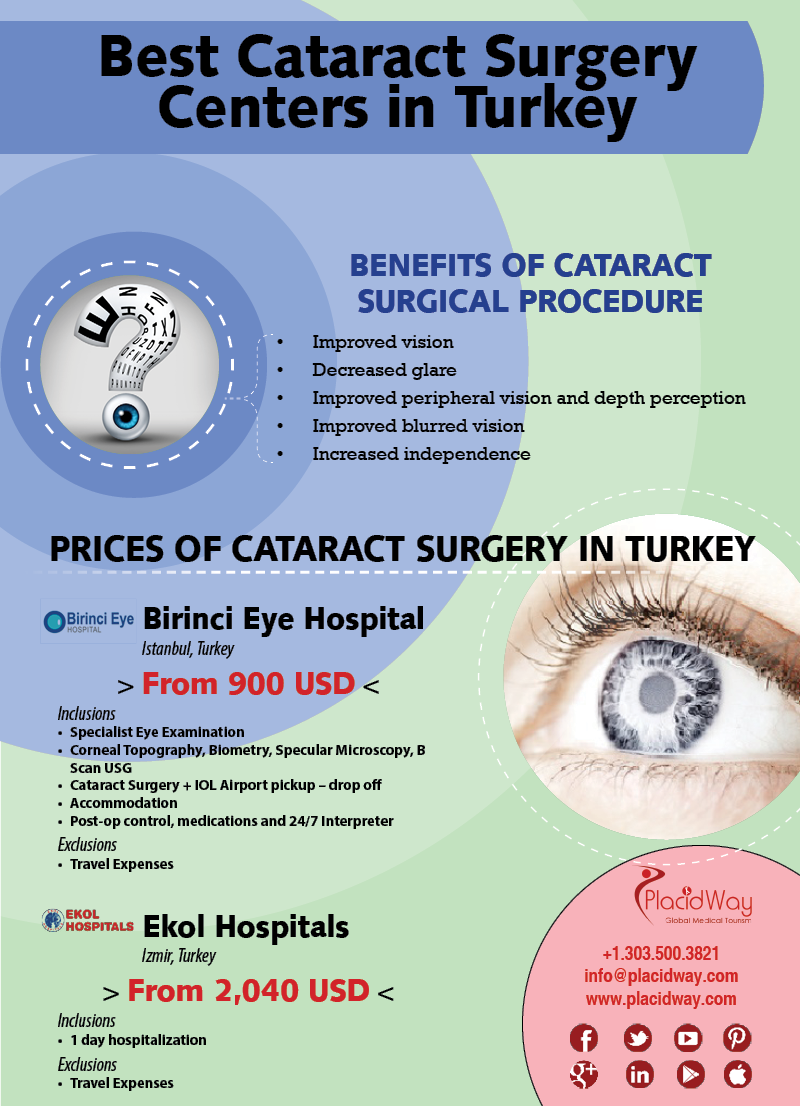Fascinated In Refractive Lens Exchange? Check Out Key Information And Responses That May Transform Your Vision Experience
Fascinated In Refractive Lens Exchange? Check Out Key Information And Responses That May Transform Your Vision Experience
Blog Article
Content Author-Lundqvist Bondesen
If you're taking into consideration refractive lens exchange, you most likely have a great deal of questions. This treatment can alter how you see the world, providing advantages like reduced reliance on glasses. However, it's important to understand the process, threats, and that certifies as a great prospect. Allow's explore these critical elements so you can make an educated choice about whether RLE is right for you.
What Is Refractive Lens Exchange and Exactly How Does It Work?
Refractive lens exchange (RLE) is a surgery created to replace your eye's natural lens with a fabricated one, correcting vision concerns like nearsightedness, farsightedness, or presbyopia.
During the treatment, your specialist makes a little incision in the eye, removes your natural lens, and inserts an intraocular lens (IOL) tailored to your vision requires. This outpatient surgery commonly takes around 15 to thirty minutes per eye and is carried out under local anesthesia.
You'll likely discover improvements in your vision nearly promptly, though total healing may take a couple of weeks. RLE is particularly helpful for those over 40 or with high prescriptions, providing a lasting option contrasted to glasses or contact lenses.
Your eye care expert can help establish if RLE is right for you.
What Are the Perks and Threats of Refractive Lens Exchange?
Choosing refractive lens exchange can cause considerable improvements in your vision, but it is very important to weigh both the benefits and threats prior to making a decision.
On the bonus side, this treatment can boost your vision by fixing problems like presbyopia, nearsightedness, and hyperopia. Numerous patients delight in decreased dependence on glasses or contact lenses, which can substantially boost their quality of life.
Nevertheless, check it out to consider possible dangers. https://www.verywellhealth.com/punctal-plugs-5179756 can consist of infection, glow, or halos around lights.
There's likewise view it of overcorrection or undercorrection, which might require additional treatments.
Who Is a Suitable Candidate for Refractive Lens Exchange?
If you're thinking about refractive lens exchange, it is essential to understand whether you fit the account of an excellent candidate. Typically, you may be a great candidate if you more than 40, experience presbyopia, or have high levels of nearsightedness or farsightedness.
It's additionally essential that your vision is secure, indicating your prescription hasn't altered significantly in the past year. If you have cataracts or other eye conditions, you may gain from this treatment too.
Nevertheless, specific variables, like uncontrolled diabetes or autoimmune conditions, might disqualify you. To establish your candidateship, consult with an eye treatment specialist who can evaluate your certain situation and recommend the most effective course of action tailored to your requirements.
Conclusion
To conclude, refractive lens exchange can be a transformative choice for improving your vision, particularly if you're over 40 or have a high prescription. While the benefits are significant, it's vital to weigh the dangers and consult with your eye care specialist to determine if you're a suitable candidate. With the right details and guidance, you can make an informed decision and potentially take pleasure in a life with minimized reliance on glasses.
